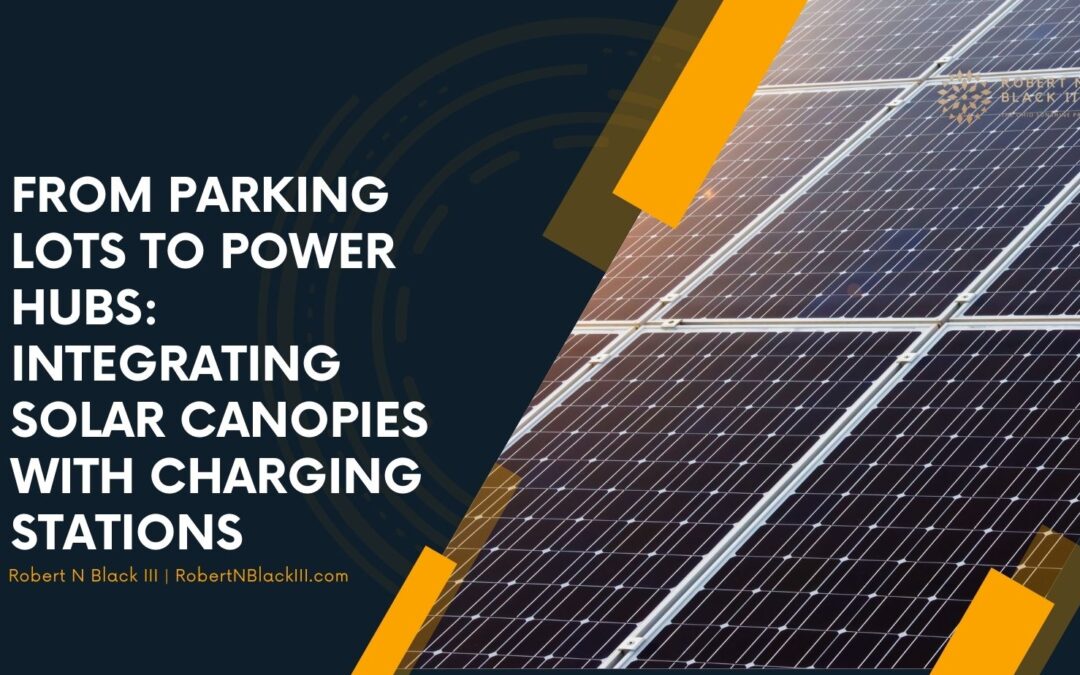The confluence of solar energy and electric vehicles (EVs) presents a visionary solution that drives sustainable transportation and harnesses the sun’s power to fuel our cars. Integrating solar canopies with EV charging stations is a transformative concept that maximizes energy generation, reduces carbon emissions, and enhances the resilience of our energy infrastructure.
Harnessing Solar Power:
Solar energy has emerged as a leading renewable resource, providing clean and virtually limitless power from the sun. Integrating solar panels into everyday spaces like parking lots can unlock new dimensions of solar energy utilization.
Benefits of Solar Canopy Charging Stations:
Clean Energy Generation: Solar canopies harvest sunlight and convert it into electricity, which can power both the EV charging station and the surrounding facilities. This clean energy source reduces reliance on grid electricity, cutting carbon emissions.
Dual Purpose Utilization: Solar canopy charging stations provide shade and protection for vehicles while simultaneously generating clean energy. This synergy enhances the value of parking spaces by turning them into energy-generating assets.
Grid Resilience: Solar canopies with energy storage systems can act as decentralized power hubs during grid outages or emergencies. Stored solar energy can provide backup power for charging stations, lighting, and essential services.
Reduced Infrastructure Footprint: Integrating solar panels with charging stations minimizes the need for additional land or space, efficiently using existing parking facilities.
Technological Integration:
Solar Panel Integration: Solar panels are integrated into the canopy structure to capture sunlight and generate electricity.
Energy Storage: Coupling solar canopies with energy storage systems, such as batteries, enables the storage of excess energy for later use, ensuring a consistent power supply even when the sun isn’t shining.
EV Charging Infrastructure: Charging stations are seamlessly integrated into the canopy design, offering both Level 2 charging for longer stays and fast charging for quick top-ups.
Smart Grid Connectivity: Integrating the grid and smart grid technologies enables efficient energy management, load balancing, and grid support through vehicle-to-grid (V2G) technology.
Challenges and Considerations:
Initial Costs: While the long-term benefits are significant, the upfront costs of installing solar canopy charging stations can be a challenge. Over time, as technology advances and costs decrease, the economic viability will improve.
Efficiency and Design: Optimizing the efficiency of solar panels and designing canopies to accommodate different vehicle sizes and charging needs are important considerations.
Maintenance: Ensuring the durability and regular maintenance of solar panels, charging equipment, and energy storage systems is crucial for long-term operation.
The Road Ahead:
Integrating solar canopies with EV charging stations represents a tangible step towards a sustainable and energy-resilient future. The efficiency of solar panels and energy storage systems will improve, making solar canopy charging stations an increasingly practical and appealing solution.
From parking lots to power hubs, the fusion of solar canopies with EV charging stations exemplifies innovation at the intersection of clean energy and transportation. By tapping into the sun’s energy potential, we can drive the transition to sustainable mobility while generating clean electricity, reducing emissions, and building resilient energy infrastructure.

